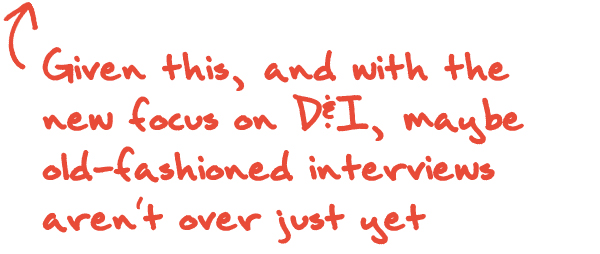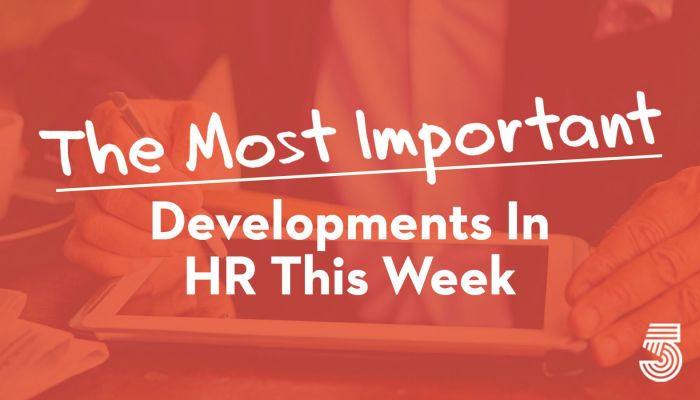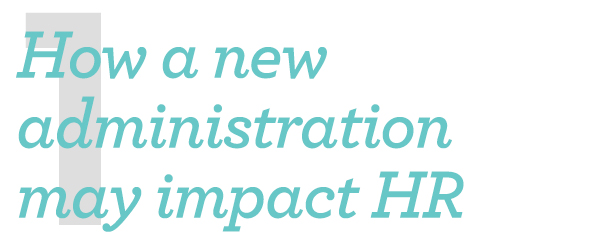
Four years ago, Donald Trump’s election had a significant impact on HR professionals, as it kicked off a process in which many federal regulations implemented by the Obama administration were revised and overturned. Employee handbooks and company policies had to be updated and rewritten on a frequent basis in the years that followed, as the Departments of Labor, Homeland Security, Health and Human Services and many others, as well as a range of federal agencies, shifted priorities and reporting responsibilities for employers. What follows is an overview of the federal programs most likely to be targeted for change by the new administration, and what HR professionals might expect. SHRM
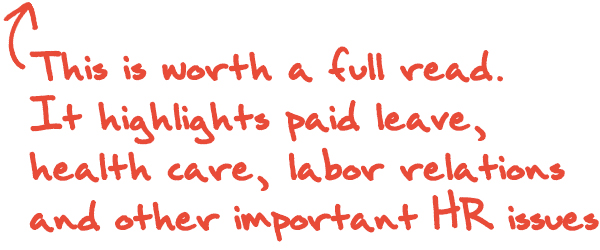
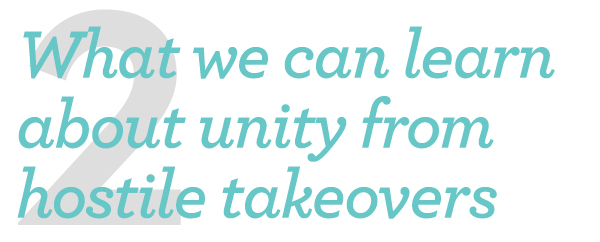
When a new party takes control in Washington, it can feel a lot like a hostile takeover. For all the differences between politics and business, the human and organizational dynamics are strikingly similar. So are the leadership lessons. I’ve studied hostile takeovers on and off for 20 years, and I’ve found the transition of power is rarely smooth. Often there’s a parade of disgruntled employees, defecting customers, and legal battles fought on behalf of entrenched management. To avoid destructive divisiveness, leaders of the winning team must act quickly to heal wounds and create one enterprise. Career politicians might feel that there are incentives to encourage wide divides. But if leaders can make it worthwhile for people to unite across divides and get to work, everyone wins. Leadership that unites people and bridges divides emphasizes three key elements: Identity, inclusion, and investment. HBR
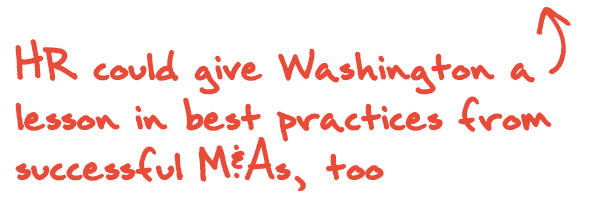
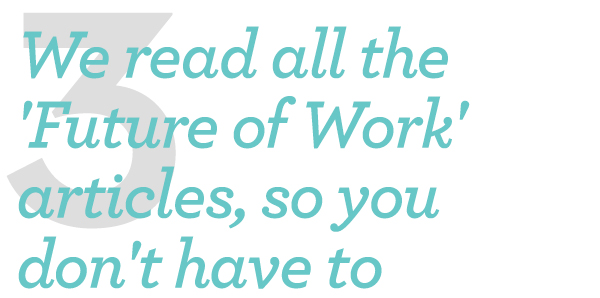
Around May, we noticed a trend: the rise of the “future of work” articles. Published by consulting firms, professional associations, and business influencers, these articles and reports asked, “What will work be like when Covid-19 is over?” It’s a good question, one we’re all asking. In total, we read over 40 of them published by leading organizations including McKinsey, the World Economic Forum, and the Society for Human Resource Management. Some were brief. Some were full reports with survey data. We found a significant amount of overlap in most of the content, and a few ideas that are original and deserve more consideration…. Together, these ideas can help your team prepare for an uncertain future, pushing us closer to an answer of what work will look like in the future. (Hint: The rest of the article finds that most people want to continue to work remotely, and virtual hiring can increase diversity by erasing location boundaries.) Forbes
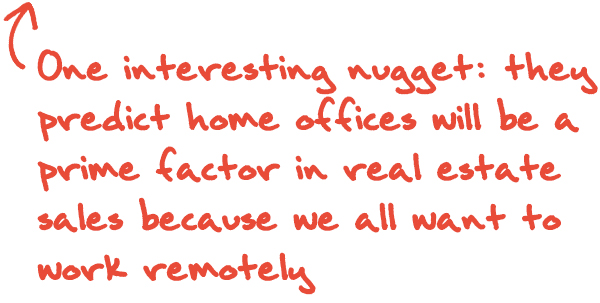
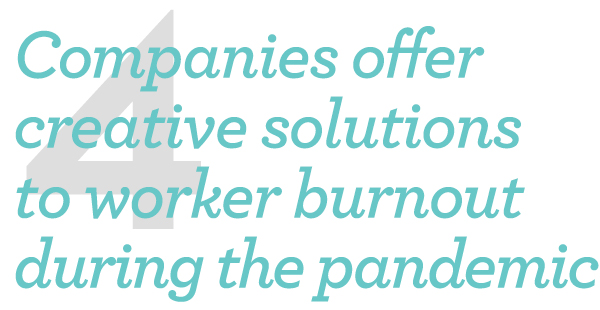
A few months into the pandemic, Nick Popoff let his guard down in an all-hands video call and said aloud what many had been experiencing: He felt burned out. Some weeks, the engineering director at ticketing company Eventbrite Inc. didn’t leave his house for days, he said. Slack notifications buzzed constantly. He missed seeing friends and colleagues in person. Even a hike with his wife through Northern California’s redwoods didn’t leave him sufficiently recharged. After Mr. Popoff shared his experience in the meeting, colleagues came forward, saying that they, too, felt exhausted by work, and life, in a pandemic. Mr. Popoff began leading “recognizing burnout” sessions for other employees, giving staffers a forum to voice their feelings, and to hear advice from mental health professionals about how to cope. The effort is one of many experiments afoot in corporate America as bosses stare at a sea of faces on Zoom and worry. With no end to the pandemic in sight, managers say many remote employees report feeling depressed, fed up, and wary of what’s next. Companies are adapting policies and rushing to roll out benefits to head off a surge of employee distress. FOX Business

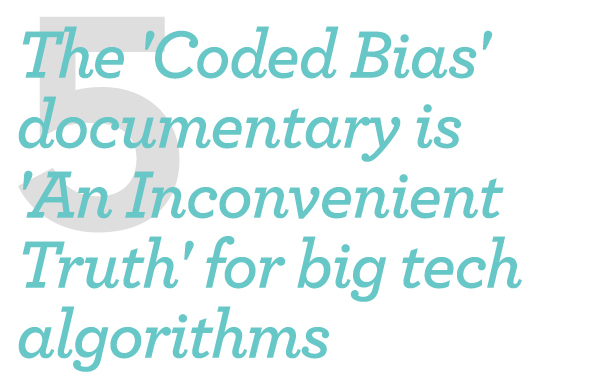
Coded Bias unravels how a homogenous group of people are responsible for the rapid development of AI and how inherent biases from their world views get embedded in code. From Amazon’s recruiting tool that may have weeded out women candidates to discriminatory practices from landlords and banking institutions to code being weaponized by police forces and government, Coded Bias pulls from a wide array of cases to build an argument for more checks and balances on the algorithms that essentially run our lives. It’s a conversation that’s gained significant traction thanks to Joy Buolamwini, a research assistant at MIT’s Media Lab and founder of Algorithmic Justice League, whose groundbreaking discovery and subsequent studies on the biases in facial recognition software against darker-skinned individuals and women led to some of the biggest companies including Amazon and IBM rethinking their practices. Fast Company
